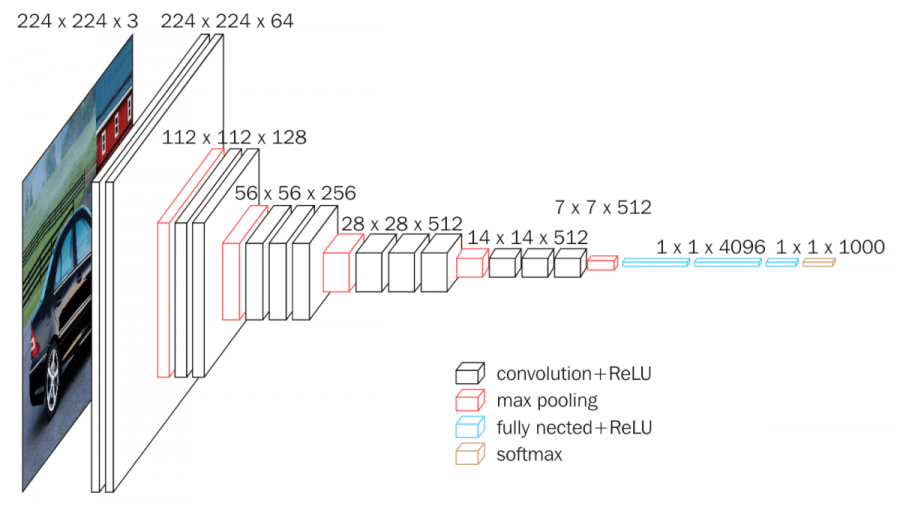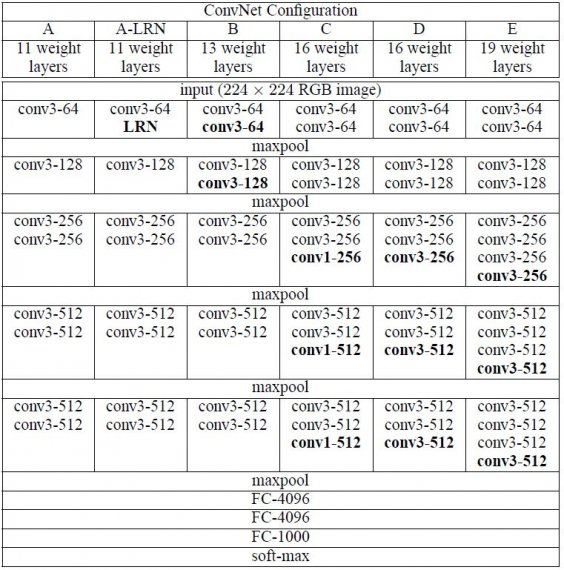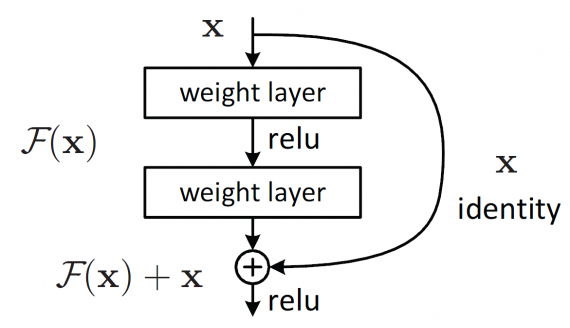CS539-COVID CT CLASSIFICATION
Github Link: https://github.com/ColdCode0214/CS539
Background & Motivation
Our project is to find a set of models and parameters that would give precise predictions about a patient’s health situation: whether he/she is healthy, has been infected by COVID-19 or has been experiencing normal pneumonia.
Our models could potentially help doctors diagnose COVID-19 patients given lung CT scans. Our models are also useful for distinguishing COVID patients from normal pneumonia patients.
Data
The orginial dataset contains 75000 images. We trained on our dataset containing 15000 images.
There are 5000 images for each category: COVID, Pneumonia, Normal.
Here are three sample images from different categories:

COVID Lungs

Pneumonia Lungs

Normal Lungs
Network
We used 6 different models to train the dataset. The three main networks are VGG, ResNet and DenseNet.
Very Deep Convolutional Network (VGG)
VGG16

VGG16 is a convolutional neural network model proposed by K. Simonyan and A. Zisserman from the University of Oxford in the paper “Very Deep Convolutional Networks for Large-Scale Image Recognition”. It was one of the famous model submitted to ILSVRC-2014. It makes the improvement over AlexNet by replacing large kernel-sized filters (11 and 5 in the first and second convolutional layer, respectively) with multiple 3×3 kernel-sized filters one after another.
VGG19
VGG19 is a convolutional neural network that is 19 layers deep.

Deep Residual Neural Network (ResNet)
ResNet101
A residual neural network (ResNet) is an artificial neural network (ANN) of a kind that builds on constructs known from pyramidal cells in the cerebral cortex. Residual neural networks do this by utilizing skip connections, or shortcuts to jump over some layers. Typical ResNet models are implemented with double- or triple- layer skips that contain nonlinearities (ReLU) and batch normalization in between.

ResNet152
ResNet152 has a depth of 152 layers.

Densely Connected Convolutional Networks (DenseNet)
DenseNet161
A DenseNet is a type of convolutional neural network that utilises dense connections between layers, through Dense Blocks, where we connect all layers (with matching feature-map sizes) directly with each other. To preserve the feed-forward nature, each layer obtains additional inputs from all preceding layers and passes on its own feature-maps to all subsequent layers.

DenseNet201
DenseNet201 has a depth of 201 layers

Results
The best epoch is epoch 3. The best model is DenseNet-201.
MACRO-averaged: prediction = 91.96%, recall = 89.40%, f1 = 90.66

Prediction Rate by Categories

Confusion matrix, without normalization

Conclusion
- DenseNet-201 is the best model.
- Using Picture Recognition Algorithm to examinate whether pneumonia exist is a doable approach.
- The pre-trained model can assist doctor in real-time diagnosis.
- New CT image can be collected and used for feature model improvement.
Team
Yan Zhang
Zeyu Hu
Chang Liu
Jiani Wang
Ziyang Xu
References
https://www.nature.com/articles/s41598-021-93832-2
https://neurohive.io/en/popular-networks/vgg16/
https://en.wikipedia.org/wiki/Residual_neural_network
https://paperswithcode.com/method/densenet